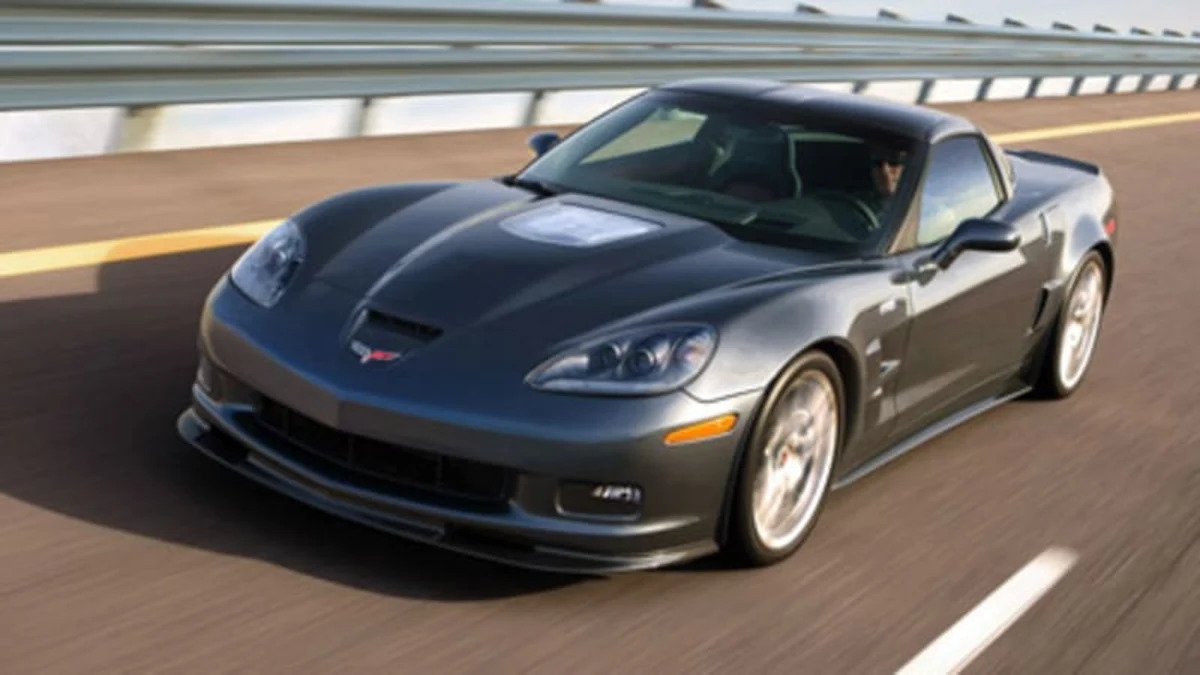GM has an ulterior motive with the launch of the 2009 Chevrolet Corvette ZR1. The sports car offering is not only meant to be the company's ultimate display of performance, but also an experiment in carbon fiber. The ZR1 is a test mule to demonstrate the feasibility of utilizing carbon fiber parts in mass production vehicles. It also provides a means for GM to monitor the degradation of C.F. parts over time. The ZR1 is built with a carbon fiber roof, hood, front splitter, front fenders, side skirts, and spoiler. They make for a 35-pound weight saving over the standard Vette's fiberglass pieces.
GM hopes that carbon fiber will be the answer to vehicle weight reduction as safety requirements, among other things, have caused automobiles to pack on the pounds over the years. However, carbon fiber is currently not an economical solution. But with increasing demands for the material from the aerospace and automotive industries it is expected that cost will eventually decrease as more production sources become available. It may take ten years for the light weight material to tickle down into vehicles of a lower price range though.
Aside from GM, other auto manufacturers are also exploring further use of the substance. Toyota has already teamed up with a carbon fiber company for their own needs. It is also well known that BMW greatly incorporated the material into the design of the new M3.
[Source: Automotive News - Sub. Req.]
GM hopes that carbon fiber will be the answer to vehicle weight reduction as safety requirements, among other things, have caused automobiles to pack on the pounds over the years. However, carbon fiber is currently not an economical solution. But with increasing demands for the material from the aerospace and automotive industries it is expected that cost will eventually decrease as more production sources become available. It may take ten years for the light weight material to tickle down into vehicles of a lower price range though.
Aside from GM, other auto manufacturers are also exploring further use of the substance. Toyota has already teamed up with a carbon fiber company for their own needs. It is also well known that BMW greatly incorporated the material into the design of the new M3.
[Source: Automotive News - Sub. Req.]


Sign in to post
Please sign in to leave a comment.
Continue